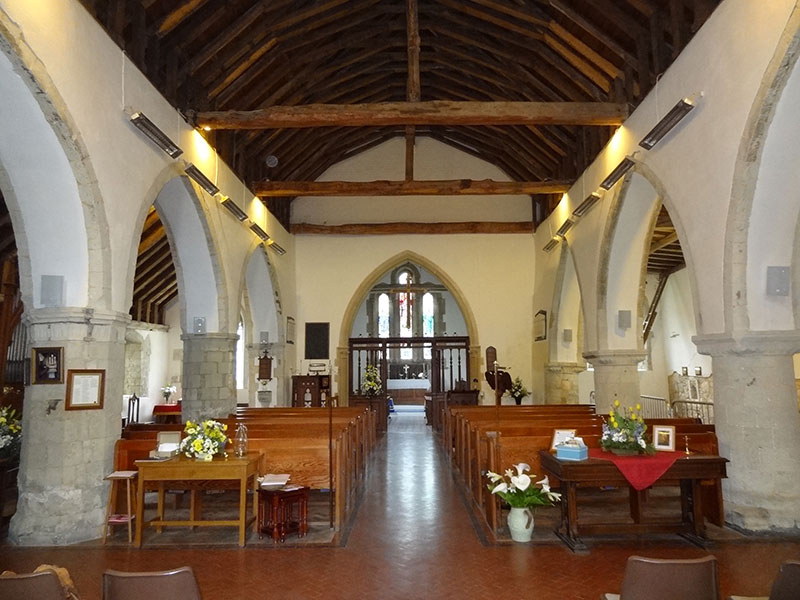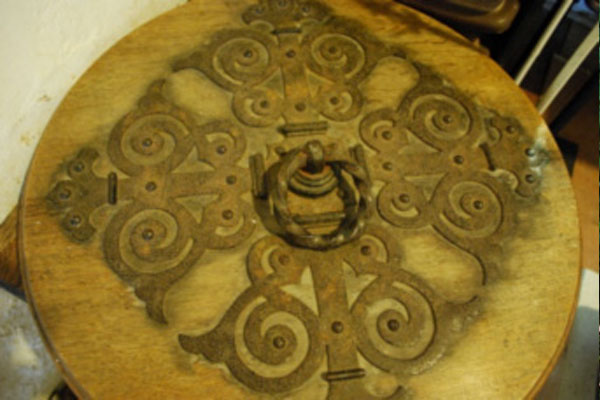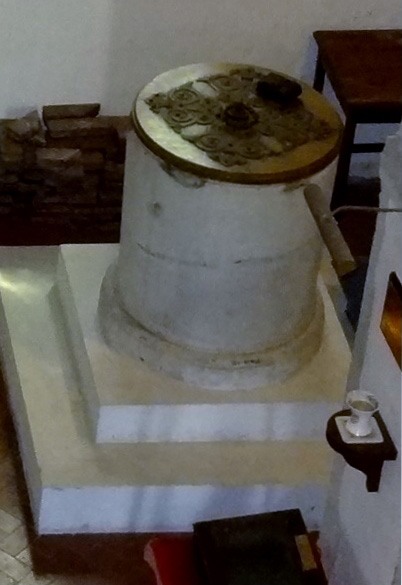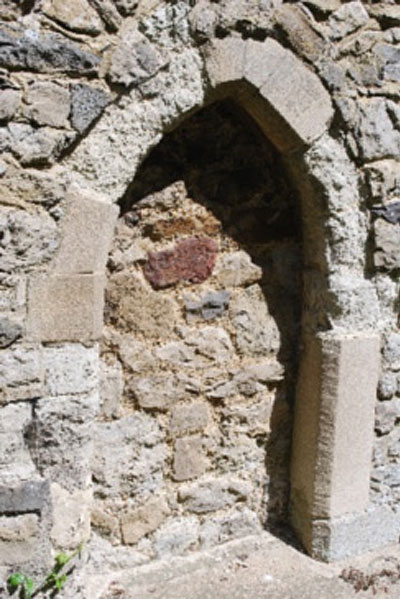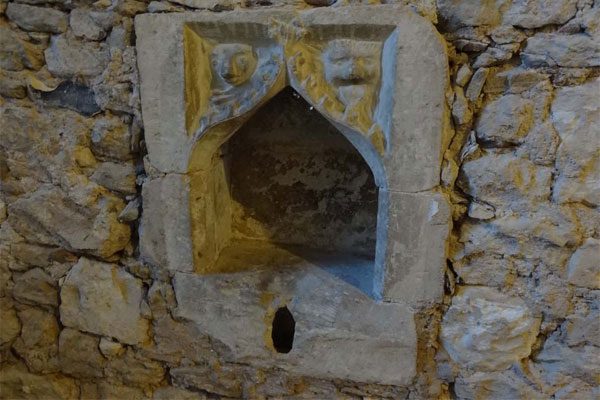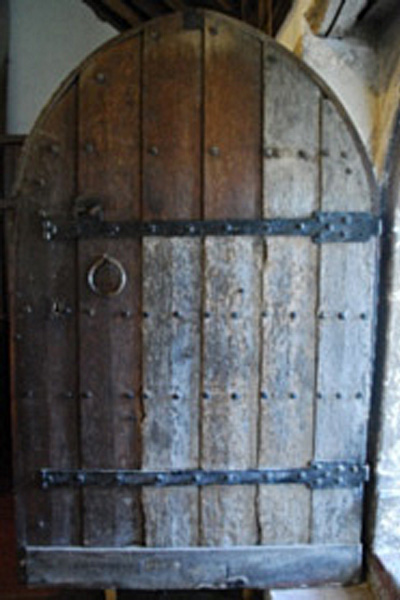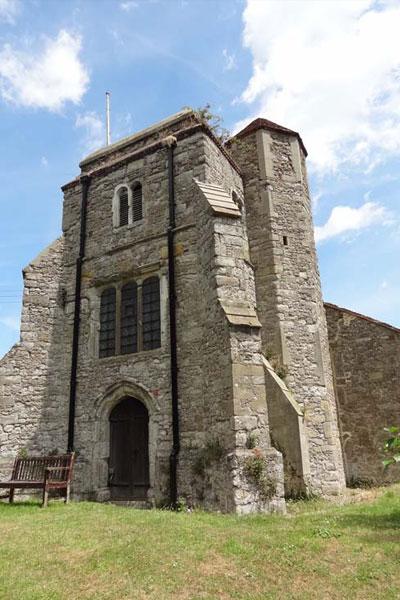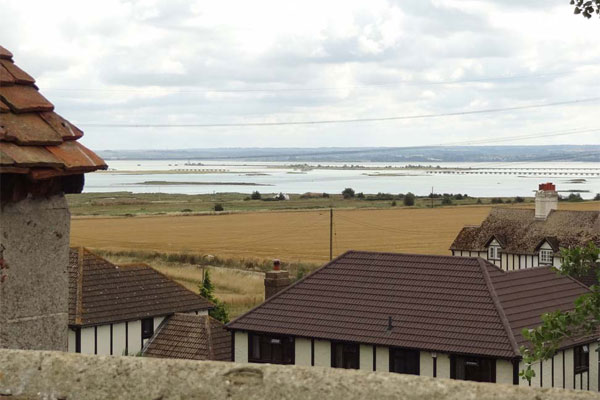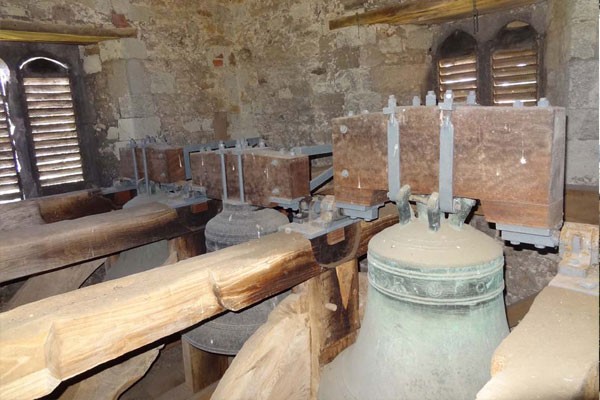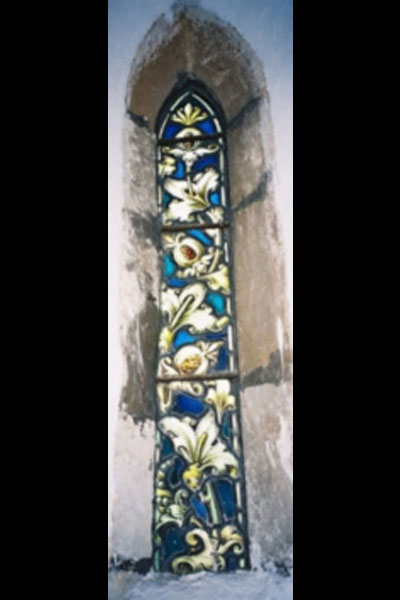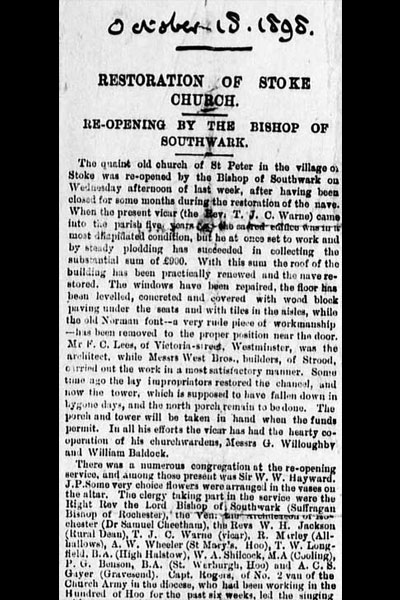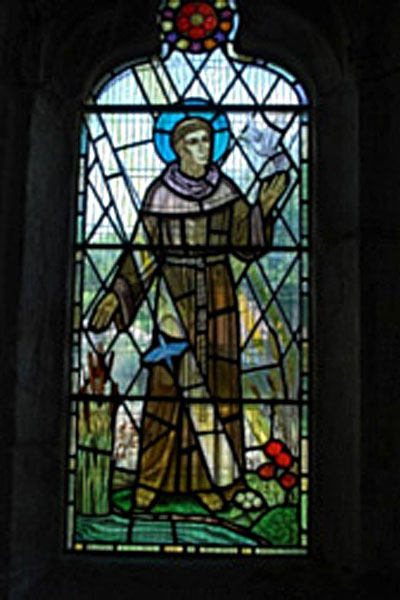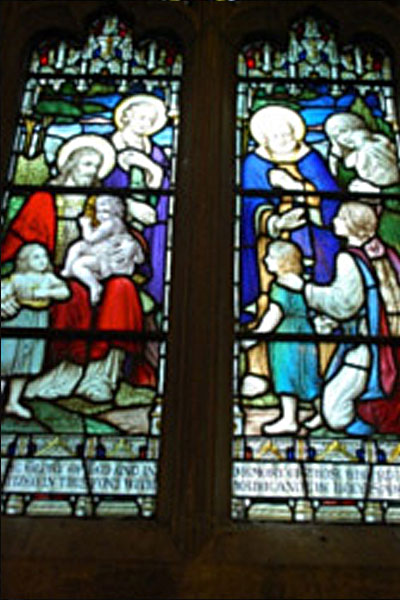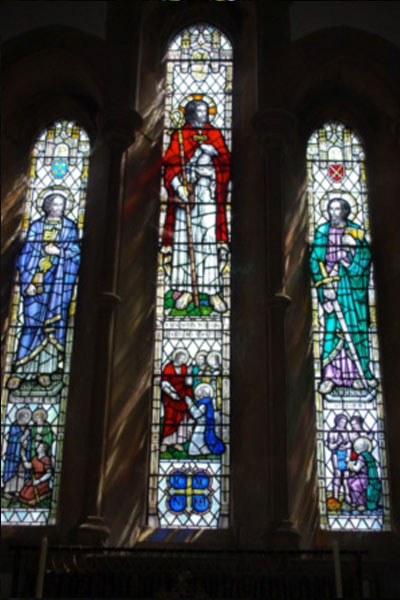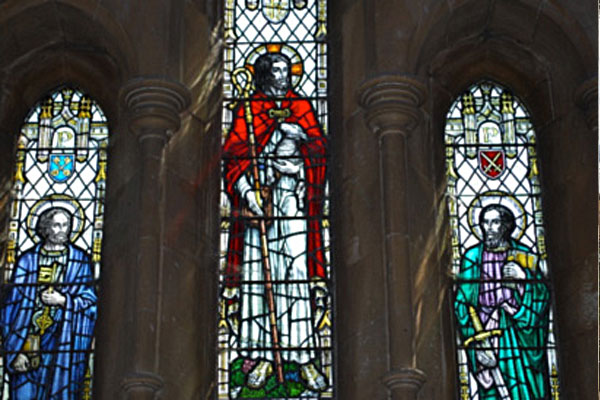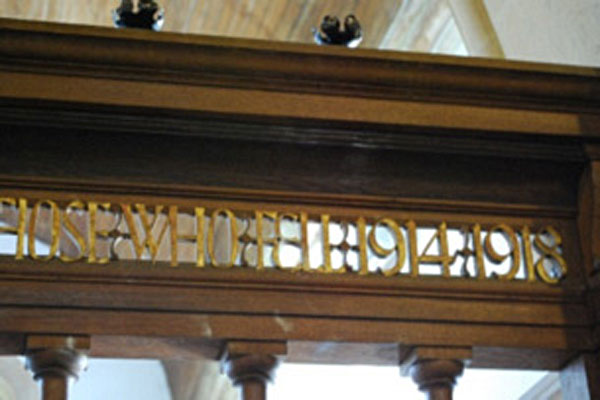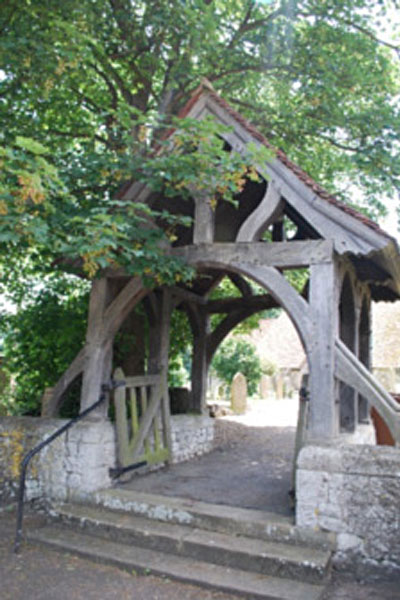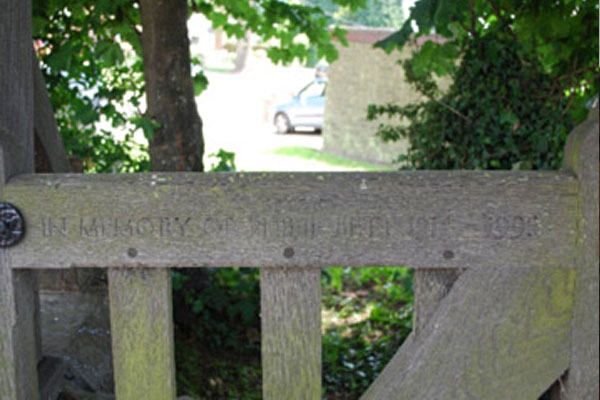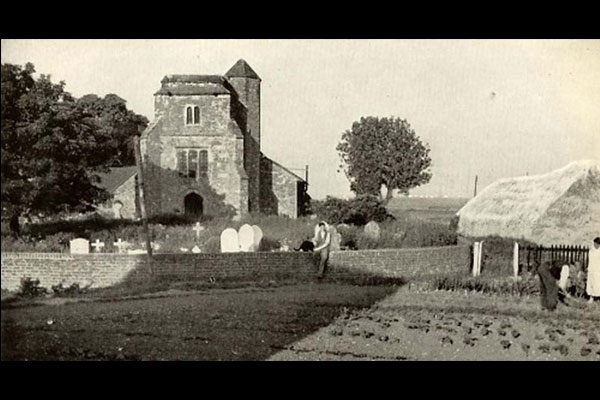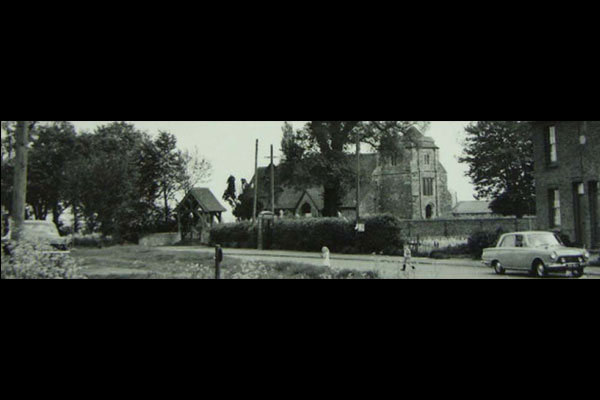History
As Church Warden my family links with the Parish of St Peter and St Paul’s go back through my father Philip who was Church Warden in the 1980’s and 90’s and through my uncle Robert who was also Church Warden here in 1920’s. The history of the church itself goes back much further than this…
Click images to enlarge
It is difficult to date accurately the first church building in Stoke, but we know from Edwards Hasteds ‘History of Kent’ published in 1798 the early history of the church: Stoke itself was given to the See of Rochester by Eadberht, King of Kent, sometime between 664 and 673 AD “for the good of his soul and for the remission of his sins.” This makes it one of the first donations of land to the church. It is likely that there were some settlements here in Roman times and that there were some salt workings on the marshes even in those days. In Saxon times Stoke was an important place, as we know by its name. In those days it was called Andschohesham, a “ham on the stockaded land.” In early Saxon days a place protected by a stockade would attract people needing a refuge for their cattle. It would become more important than a settlement ending with a “ton” or “ham.”
Later the name was shortened to Estoches and it is recorded under this name in the Domesday Book of 1086. The entry for Stoches or Stoke states that there was a church with four servants and four acres of meadows. This and all the other land and villeins (a feudal tenant entirely subject to a lord or manor to whom he paid dues and services in return for land) were held by the Bishop of Rochester.
The earliest parts of the church, possibly the Nave, Chancel and aisles, date from the late 12th century. A report by the Canterbury Archaeological Trust (CAT) (Linklater 2010) gives a broad outline of the history of the building and indicates that the Naves arcades are also of this date with the north arcade perhaps being slightly later but “only by 20 years or so” Stoke church was dedicated only to St. Peter until at least 1524, with St Paul added some time after that. The Edward Hasted history still refers to it as St Peter only in 1789. The position of the church is due to the people of the village settling on the high ground above the Saltings. The village developed as scattered housing on the margins of the firm ground above the reaches of the highest tides, although the lower land was probably farmed as it would be very fertile. The oldest part of the present church dates from about 1175. However from earlier historical records of the building it is difficult to establish whether the South or the north aisle is thought to be the earliest. Historians have written that “the pillars of the south arcade are Norman, Octagonal and carry the massive quality so usual in Norman Work.” However, you will see the octagonal pillars are actually on the north side of the church and the south arcade has rounder squatter pillars, with arches of similar style. Another historian claims that it is this aisle which is the oldest, with Norman transition pillars, capitals and arches. It would certainly appear to be uncertain.
The Font at the rear of the south aisle is a circular tub shape, which has been claimed to be Norman, although others believe it to be Saxon; it is dated as 13th century by the listing description. Its simple shape and workmanship certainly incline to an earlier Saxon time, but at this stage it is unlikely to be established one way or the other.
Picture right is of the heavy font lid with decorative iron work and handle (J. Plumb). Far right picture shows the font detail (Rena Pitsilli-Graham).
This is fourteenth century work, which supports the view that the south aisle was once the chantry for Malmaynes Hall, granted to the manor of Malmaynes Hall around 1380, and below the aisle was the family vault. There is more on Stoke and the Malmaynes at British History Online.
The Canterbury Archaeological Trust (CAT) (Linklater 2010) report states that the Tower may be as early as the 14th century, (there were bequests for the building work from 1479 onwards) and it may have been repaired or extended in the early part of the 16th century. The tower itself stands, but the steeple was never built, despite many donations from the people of Stoke and benefactors from further afield. The reason has never been fully explained. The tower seems to have been built or rebuilt from 1470 to 1550, and it may be that all the monies donated were used to build the tower. Some believe that the Reformation intervened and that the work was abandoned. Others believe that the siting of a steeple so close to the estuary would have been too dangerous, acting as a beacon to invaders. Whatever the reason, no steeple has ever been added to the tower, which at least gives us the opportunity to climb the 53 steps to enjoy the panoramic views from the top. Within the tower is the belfry, with three bells. These have were restored in 1980’s along with parts of the bell frame at a cost of many thousands of pounds. One bell is relatively modern and the others are 16th and 17th century. (Pictures below: J.Plumb and Rena Pitsilli-Graham).
The vault discovered in the centre of the South Aisle in 2009 has been shown to be an unusual double chamber, at 4.2 metres long, occupying the centre of the Aisle. This is thought to date from the 17-18th century. Substantial burials have been found to the East of the Aisle externally.
Above the pulpit is a simple plaque recording those who gave their lives in the Second World War. At the back of the church is a list of vicars and incumbents of Stoke from Adam de Hanele in 1244 to the present day. Also recorded in a brief history of the church found near the altar is a list of chantry priests from 1390 to 1530.
Outside the church is a pretty lych gate in the boundary wall surrounding the churchyard. The wooden gates were given by the Bett family in 1995 in memory of Phillip Bett, a long standing and devoted church warden and servant of the church, (see pictures left, J Plumb).
On the outside wall by the south door is a holy water stoup, dating back some centuries. The church walls are constructed mostly of random rubble Kentish Ragstone. The church was listed Grade 1 in 1966. National Heritage defines this as ‘of exceptional interest, sometimes considered to be internationally important; only 2.5% of listed buildings are Grade I.’
Stoke Church in the 1940’s (left)
and in the 1960’s (right).

